Sami Niemelä
Creative Director, Innovation Coach

Creative Director, Innovation Coach
I had the privilege to kick off the Finnish creative industries’ COVID19-inspired platform TGT.live. Here is what I talked about:
In his 1970 book of the same name, Alvin Toffler famously defined the idea of future shock as if “the future always comes too fast and in the wrong order.” For many, our race towards the fourth industrial revolution has felt like this for a long time already, but the COVID19 pandemic has finally hit the message home. It was almost as if we expected the future visions we saw in the Before to realise themselves as just improved versions of the previous normal, slightly off and normalised along the way to align supply chains, cost management and bill of materials. In relation, the 2020 version of the future feels to many a mundane, pyjama pants version of Mad Max: Fury Road. This wasn’t the end of the world we expected, but it may be one we deserve.
Last January, led by my colleague Virpi Vaittinen we released our collection of behavioural phenomena relevant to companies now and beyond 2020 called New Normal. The name originated from the idea that in fact, there is no one normal anymore. Just like futures where there are always many possible futures instead of only one, the idea of what is “normal” is always subjective and contextual, and most important — plural. There are always many normals, and what matters is the ability to look beyond and translate what you see to your context. The implications of any given phenomenon are most probably different in different realms — and to understand what they are is a requires sensemaking in the context of the task or problem at hand. At this extraordinary time, roughly 100 days after WHO declared a global Public Health Emergency, this is more important than ever.
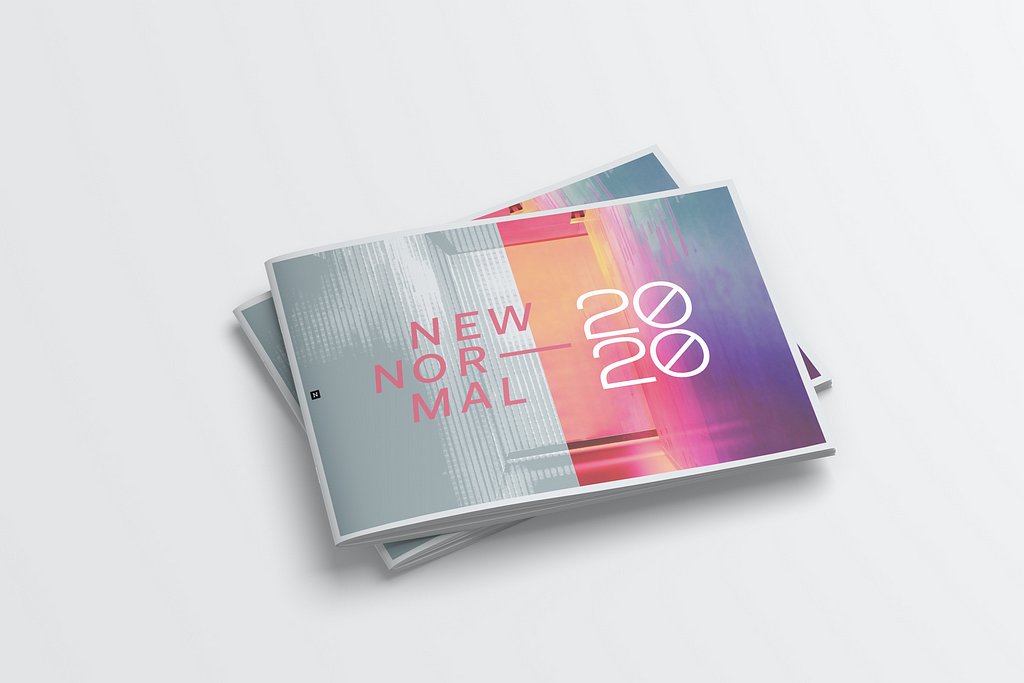
Since then, we’ve all been thrown into a constant state of learning new tools, skills and also contexts while the privileged of us work from home. This shift has had a massive impact on corporate IT and governance alone — as Satya Nadella, CEO of Microsoft recently said: “We have seen two years’ worth of digital transformation in two months”. The question here is once we push beyond the first lockdown into the post-normal, what are the things and behaviours that will stick?
Another way to look at this is where we don’t want to end up. The world Before Corona was good for us but in many parts not healthy at all to our planet, our economy or ourselves. The question here is how might we make sure Post-COVID19 isn’t just returning to the old normal and old wasteful ways, but progress into something better for us as individuals, the industry, and the world as a whole?
Reading Matt Webb’s excellent blog post titled There is no After reminded me of science fiction writer at large, Kim Robinson’s article The Coronavirus Is Rewriting Our Imaginations at the New Yorker:
There will be enormous pressure to forget this spring and go back to the old ways of experiencing life. And yet forgetting something this big never works. We’ll remember this even if we pretend not to. History is happening now, and it will have happened. So what will we do with that?
A structure of feeling is not a free-floating thing. It’s tightly coupled with its corresponding political economy. How we feel is shaped by what we value, and vice versa. Food, water, shelter, clothing, education, health care: maybe now we value these things more, along with the people whose work creates them. To survive the next century, we need to start valuing the planet more, too, since it’s our only home.
It will be hard to make these values durable. Valuing the right things and wanting to keep on valuing them — maybe that’s also part of our new structure of feeling. As is knowing how much work there is to be done. But the spring of 2020 is suggestive of how much, and how quickly, we can change. It’s like a bell ringing to start a race. Off we go — into a new time.
With this in mind, French philosopher Bruno Latour recently wrote a paper where he asks what protective measures can you think of so we don’t go back to the pre-crisis production model? I think this the key here. How might we make sure we as a society, businesses and human beings actually move forward and not backwards, or stay still? So far, many of our debates about the climate, for example, have been shadowed by “realistic point of views” saying change is impossible. Well, it turns out it isn’t. What we’ve found out is it’s possible, and just like when driving a motorised vehicle, a sudden stop can actually be far more punishing than a slow, controlled brake:
“The first lesson the coronavirus has taught us is also the most astounding: we have actually proven that it is possible, in a few weeks, to put an economic system on hold everywhere in the world and at the same time, a system that we were told it was impossible to slow down or redirect. To every ecologist’s argument about changing our ways of life, there was always the opposing argument about the irreversible force of the ‘train of progress’ that nothing could derail ‘because of globalisation’, they would say. And yet it is precisely its globalised character that makes this infamous development so fragile, so likely to do the opposite and come to a screeching halt.”
A better world is possible if we just seize the opportunity to choose so.

Coming back to Microsoft’s Nadella, he laid out there are three phases in our response to COVID19; The first response, adjusting the and finally a moment where there is no turning back. Let’s investigate what these mean in a broader context:
The first response space is where most of us have spent the first weeks of the lockdown. Business continuity, organising the tools and rituals for people to work remotely, taking all operations remote, building personal mental and physical wellbeing and routines around homeschooling, potential unemployment and reacting to what is happening.
Different people and companies have different ways to mitigate the enormous stress and uncertainty. Some became epidemiology experts overnight, others over analyse every data point they can find, and some take action. From a global perspective, it’s been amazing to see different companies readjusting their production to fit the new normal — turning sneakers and mountain gear into protective equipment, Michelin awarded home cooking and just in general carrying on working in the middle of chaos. Some may even have discovered the joys of spending much more time outside and in nature as a families, together.
After this, we adjust the dial. Things will start coming back. Lockdown restrictions are dropped, and economic activity will return. We will have to keep our finger on the dial, constantly adapting and reconfiguring. From the looks of it, this hybrid lifestyle going to be there with us for some time.
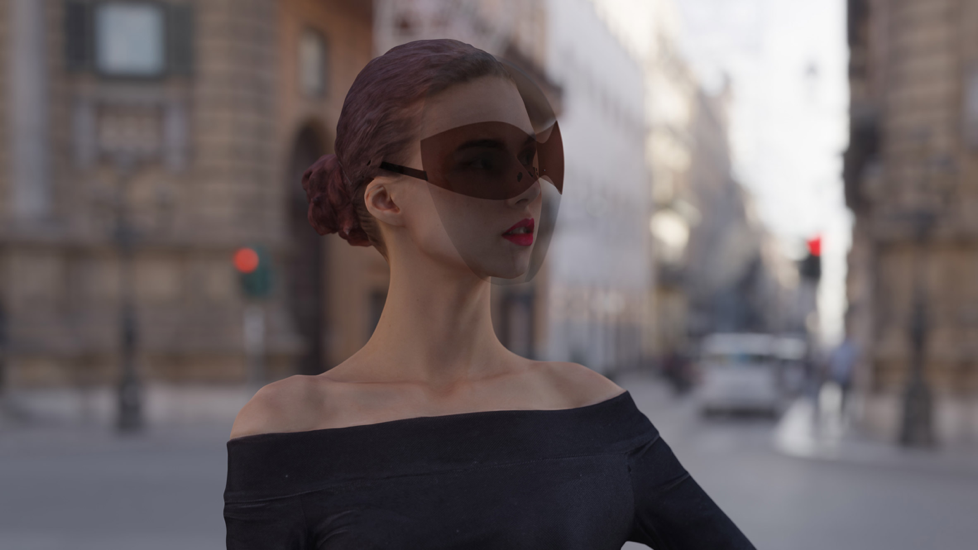
We’ve noticed Zoom raves feel like work after all. Social rituals are still much more fun without the screen in between. Maybe a majority of those meetings could have been emails, after all. And maybe, just maybe, we realise how the airportopias of the world aren’t a destination but a necessary evil only when needed.
Finally, we enter a phase where there’s no turning back. What we’ve invented trickles down towards deeper and slower layers of our life to structural change. Distributed work will probably change forever, as does education, and even the global economy to a degree.
There have been quite exciting shifts during the COVID19 lockdown already. Fitness company Peloton closed their live studios from the audience temporarily but found themselves making a new record by attracting 12 300 people to a single streamed workout class simultaneously.
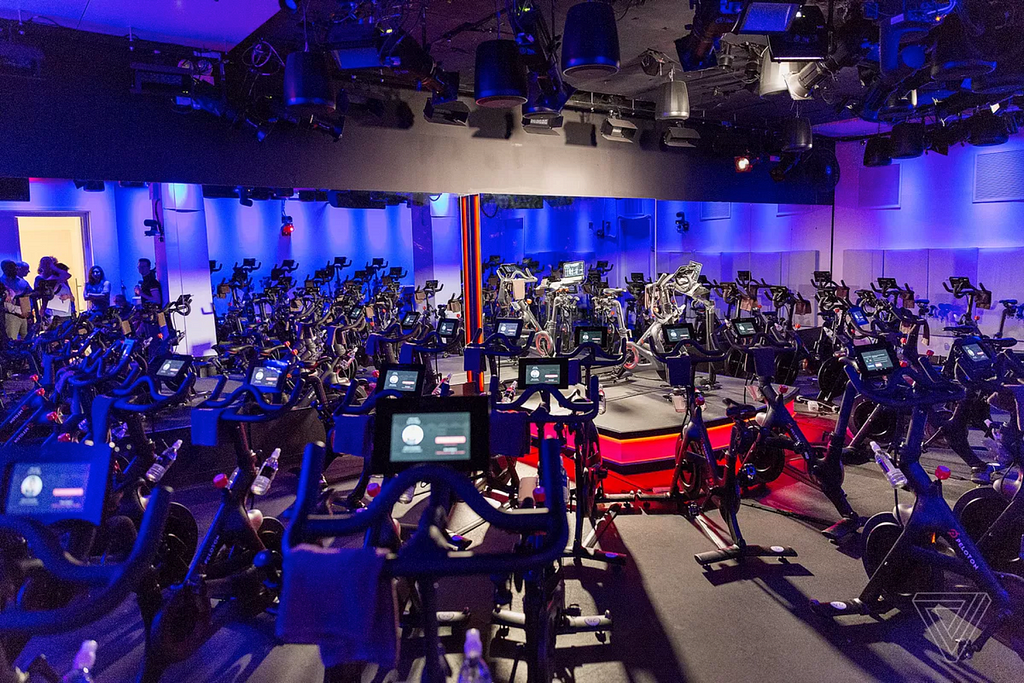
Epic Games’ smash success Fortnite organised a live performance for rapper Travis Scott which both turned out to be an astronomical success with 12,3 MILLION live viewers and total 27.7 million unique gamers attended the digital gig 45.8 million times. What comes after this is an excellent question. As it often goes with new phenomena, this also leads to hilarious reporting, this time by Rolling Stone who “sent” their reporters to participate to the show to only get moved down by trigger happy virtual teens several times before the show even started.
This third phase is an opportunity to redeem ourselves as well. And I think — I hope — many of us will question the Before lifestyle and choices we made. Otherwise, the primary trend will be a return to the pre-pandemic normal, which both not satisfactory and massively catastrophic as the climate emergency is only increasing.
So the dilemma here is, a lot of things we know now will change forever, but it’s hard to know what and how just yet. There are many speculative scenarios and think pieces out there already. The proposed futures are anything from the world reversing globalism to liberalist barbarism (Simon Mair) to an optional Zombie apocalypse (Sohail Inayatullah and Peter Black), and large companies stepping up to be the crucial part of the solution (Deloitte). We are in the middle of a complex transformation, and it’s fair to say most scenarios are still very high level. However, what we know is every economic shift is an opportunity for reconfiguration and change. Previous Coronavirus epidemics and their effect played a part in transforming China into a mobile-first, near-cashless society, for example.
The opportunity here is that futures are inevitable, as is technology as a driving force. Every choice we make opens up a possible future. And when we understand how we have an agency to build and drive the futures, we can make things that have a positive impact on the world. Futures are also complex systems challenge, meaning the won’t be one individual or solution singlehandedly declaring a future, but always multiple ones. Futures are and will remain plural.
Take electric vehicles, for example. It’s not coincidence Elon Musk makes batteries and solar roofing as a part of his EV business at Tesla. His Hobby in space exploration builds worldwide broadband connection. Why? Because universal connectivity is a component of a system required to scale up the number of electric vehicles globally, making them an attractive option to combustion engines — which happen to have a global multivendor energy ecosystem and networked infrastructure in place already. It’s not an easy task to disrupt a previous dominating system by building a new one.
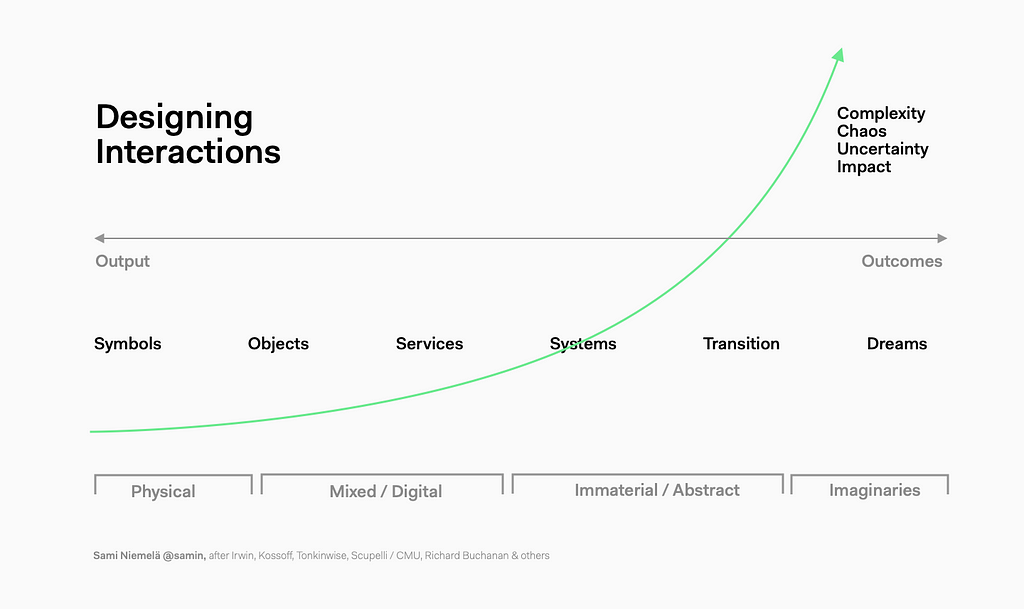
So what does this mean for design then? First, as I wrote previously, the most significant obstacle to harnessing the transformative capability of design is our current perception of what design is, and can be. Design and designers need to step up, stop talking about design and start working on ideas, strategies and things that bring value to people willing to pay for them, one way or another.
As the complexity of what we do increases, this calls for new skills to acquire from leading people to facilitation, curation and strategic thinking. To build better futures, we must be able to help people dream them, and then lead the way in making the dream achievable, tangible and concrete enough so we can leap over them together.
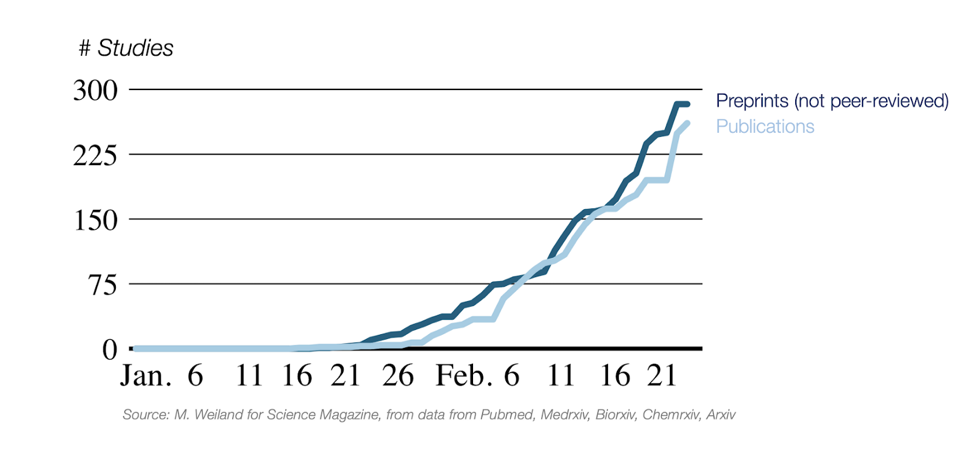
COVID19 has already shown that this is possible and doable. We as people can unite for a common cause if we just want to.
What is the post-normal that will eventually become our new normal again? What is the post-normal we want?
We have a choice now. Let’s make the best out of it.
The normal isn’t going to (and shouldn’t) return, it’s time to move on. was originally published in Future is Present Tense on Medium, where people are continuing the conversation by highlighting and responding to this story.